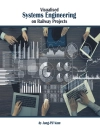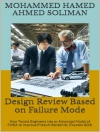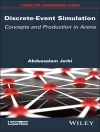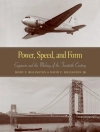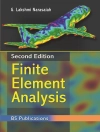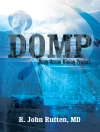This book, now in a revised and updated second edition, systematically covers the use of ultrasound in all organ systems throughout childhood. After discussing the basics, including physics, ultrasound methods, and artifacts, it elucidates decision-making regarding the use of ultrasound by discussing diagnostic flow charts based on recommended imaging algorithms. The main part of the book addresses ultrasound investigations of the various organs. It documents the indications and prerequisites for specific examinations and offers practical tips and tricks. The normal, age-dependent ultrasound findings and typical appearances in different pathologies are presented in detail and illustrated by numerous high-quality images, with a particular emphasis on those findings that differ from the adult sonographic appearances. And finally, dedicated chapters explore point-of-care and emergency ultrasound, interventional ultrasound, and present orienting tables.
This state-of-the-art book covers modern techniques and applications, like contrast-enhanced ultrasound, ultrasound elastography, and automated-image optimization, as well as all pediatric ultrasound applications from point-of-care ultrasound and orienting assessment also at the intensive care unit/emergency room to more detailed and advanced applications, e.g., in dedicated tertiary referral centers.
Pediatric Ultrasound is an invaluable source of information and an indispensable aid to decision-making and diagnosis for radiology residents, (pediatric) radiologists, sonographers, pediatricians, (pediatric) surgeons, urologists, and all other physicians who deal with children as a part of their daily practice.
विषयसूची
PART I Basics / Theory / Methods: US Physics.- US Methods, artifacts, biologic effects and practice.- (Color) Doppler US: theory and artifacts, typical applications in childhood.- Contrast-enhanced US, and Ultrasound elastography in childhood.- Paediatric limited field of view US/point of care US (POCUS) and emergency US – when, how and for what.- Part II Diagnostic flow charts, imaging algorithms, and graphs: Imaging and imaging algorithms for common queries in childhood.- Measurements and volume calculations: basic considerations, graphs and illustrations for standardisation.- PART III US investigations of the various organs: Neurosonography in Neonates, Infants and Children.- US of the neonatal spinal canal and cord.- US of the neck in childhood.- Basics of pediatric echocardiography.- Ultrasound of the Chest.- Upper abdominal US in neonates, infants and children – including novel applications.- US of the paediatric gastrointestinal tract.- Ultrasound of the urogenital tract in neonates, infants and children.- Neonatal and pediatric hip US.- Musculo-skeletal- & other small part US in childhood.- US of peripheral nerves in childhood.- PART IV Miscellaneous: US-guided interventions and invasive US procedures, and respective follow-up in childhood.- Normal values as relevant for paediatric US.
लेखक के बारे में
Michael Riccabona, MD, works at the Department of Radiology’s Division of Pediatric Radiology at the University Hospital Graz, Austria.
Prof. Riccabona was the president of ESPR in 2015 and is now an honorary member of ESPR. He is also a fellow of AIUM and a past president of the society of German-speaking pediatric radiologists (GPR). He is chair of the pediatric section of the Austrian Ultrasound Society (OEGUM) and the Austrian Radiological Society (OERG). He has and is engaged in numerous teaching activities throughout the world, particularly also in outreach settings.


